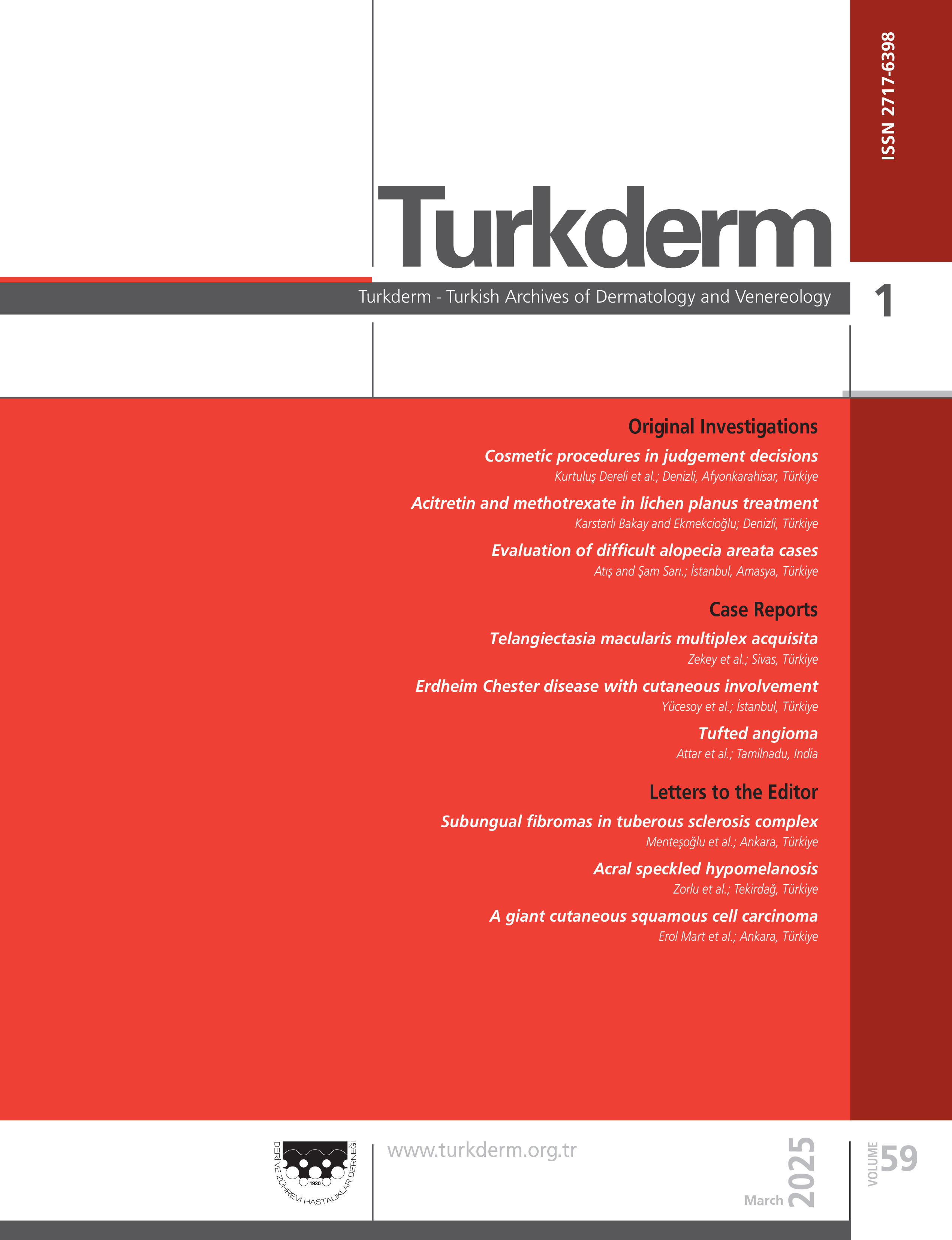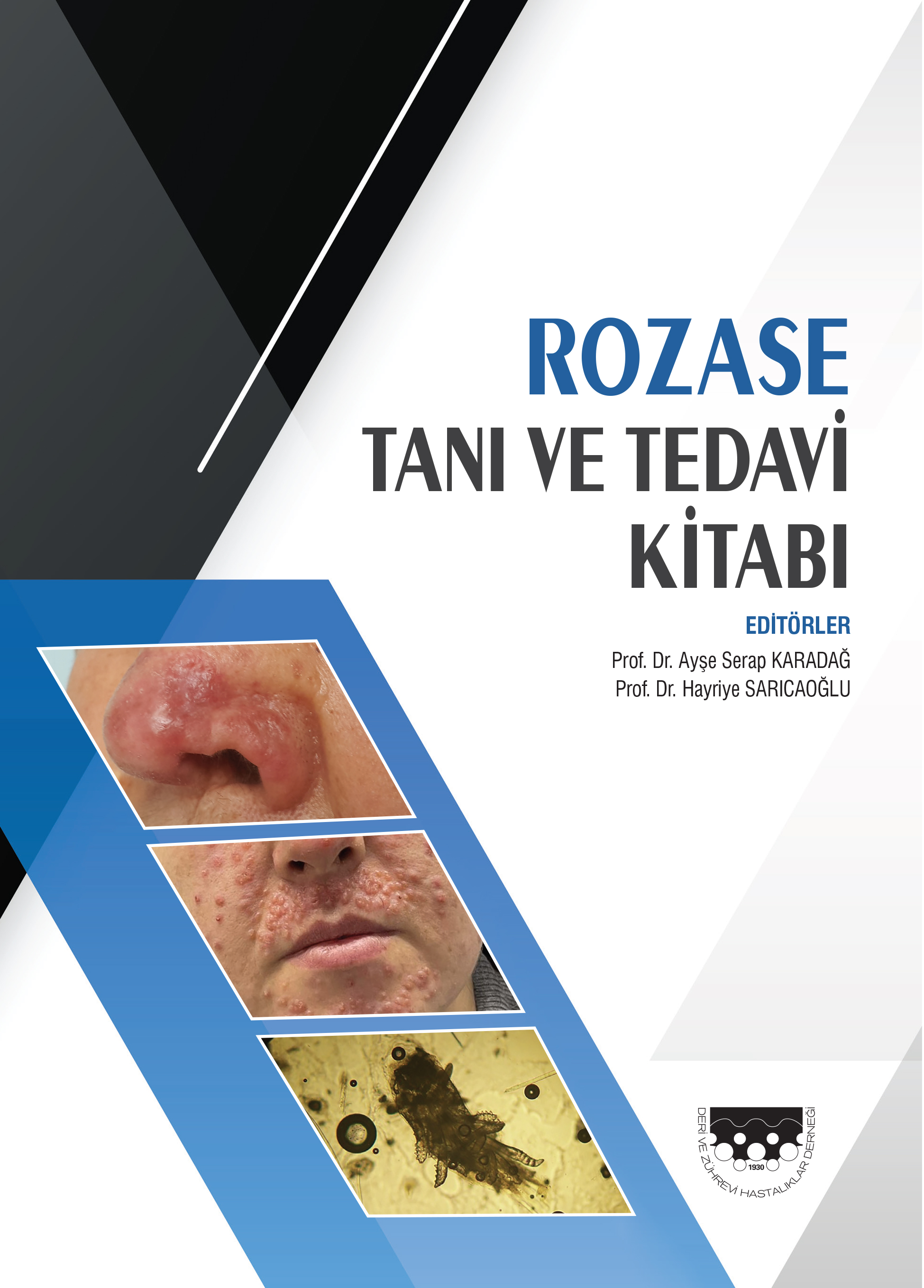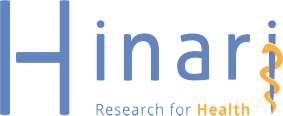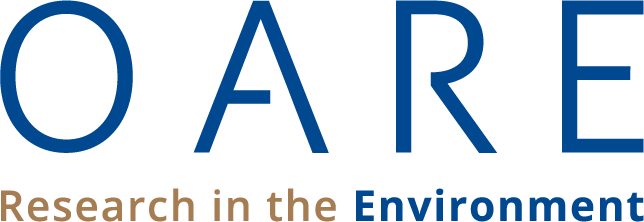Volume: 57 Issue: 1 - 2023
| 1. | Cover Pages I - VI |
| ORIGINAL INVESTIGATION | |
| 2. | Effect of the coronavirus disease-2019 pandemic on the follow-up and treatment of patients with rosacea Murat Durak, Özgür Gündüz doi: 10.4274/turkderm.galenos.2022.32020 Pages 1 - 5 Background and Design: This study aimed to investigate the effects of the precautions and preventive measures implemented during the coronavirus disease-2019 (COVID-19) pandemic on the follow-up and treatment processes of patients with rosacea who applied to the Skin and Venereal Diseases outpatient clinic of a university hospital in Türkiye. Materials and Methods: Age, sex, number of hospital admissions, prescribed topical and systemic treatments, total amount of treatment on a box basis, follow-up interval in multiple applications, and number of applications to the Ophthalmology Department were recorded before and during the COVID-19 pandemic. Results: No difference was found in the age and sex distributions of patients with rosacea who applied to the Skin and Venereal Diseases outpatient clinic during the COVID-19 pandemic compared with that before the pandemic. However, the total number of patients decreased. Furthermore, the total number of drugs prescribed to patients and the number of systemic drugs increased proportionally during the COVID-19 pandemic. In addition, the ratio of patients who continued their follow-up and the use of systemic drugs among these patients increased. Conclusion: In this study, the number of admissions decreased and the rate of patients who needed systemic treatment increased. Rosacea and similar dermatoses that required long-term follow-up could be evaluated via teledermatology during periods when application to outpatient clinics for follow-up becomes difficult such as during pandemics and natural disasters. |
| 3. | Is there a relationship between serum vitamin D levels and onychomycosis? Zuhal Metin, Koray Durmaz doi: 10.4274/turkderm.galenos.2023.52959 Pages 6 - 8 Background and Design: Vitamins are necessary for various biochemical functions and are either insufficiently synthesized or not synthesized by the organism; therefore, they are taken from the diet. Many dermatoses such as psoriasis, atopic dermatitis, rosacea, acne vulgaris, vitiligo, and pityriasis versicolor, which are associated with vitamin D deficiency, have been reported. This cross-sectional study aimed to compare vitamin D levels between patients with onychomycosis and healthy controls and determine the relationship between vitamin D and onychomycosis. Materials and Methods: Serum 25-hydroxyvitamin D [25(OH)D] levels were measured in the blood sample for any reason in the last 1 month of patients diagnosed with onychomycosis and healthy controls. Results: The study included 40 participants (21 men). The mean level of serum 25(OH)D of all participants was 12.66 ng/mL. No significant correlation was found between the age of the participants and 25(OH)D levels. 25(OH)D levels were lower in the patient group (10.79±8.12 ng/mL) than in the control group (13.91±6.76 ng/mL) (p=0.02). Conclusion: The results of this study revealed that vitamin D levels are low in the Turkish population, but mean values are lower in patients with onychomycosis. |
| 4. | Evaluation of knowledge and attitudes of the faculty of medicine students about human papillomavirus infections, related cancers, and human papillomavirus vaccines Zührenur Yağan, Aysun Aldanmaz, Tahir Ertuğrul, Zeynep Beyza Tolan, Adnan Menderes Bilgiç, Aslı Bilgiç doi: 10.4274/turkderm.galenos.2023.31899 Pages 9 - 15 Background and Design: The human papillomavirus (HPV) is a non-enveloped DNA virus infecting skin and mucosal surfaces and causes one of the most common sexually transmitted infections worldwide. Thus, physicians must know about HPV infections, associated cancers, and immunization for public health. This study aimed to determine the knowledge of medical faculty students about HPV infections, related cancers, and vaccines and examine related variables. Materials and Methods: This descriptive study included all students in the first to fifth grades of the faculty of medicine. Data were collected with a two-part questionnaire consisting of 37 questions. Questionnaires were filled voluntarily. Data were analyzed with SPSS version 18.0. Results: The study included 250 medical students, and 52.4% (n=131) were men. While 95.6% (n=239) stated that they were aware of HPV, only 39.2% thought that they had sufficient knowledge. The most important sources of information were lectures and the Internet. Only 3.6% (n=9) of the students had been vaccinated against HPV. The most important reason (58%) for not being vaccinated was not having heard of the HPV vaccine before or not knowing someone who had it, and the other important reason was economics. Nearly 80% of the students thought that HPV vaccines should be included in routine vaccination. While 60% of the students stated that they would get an HPV vaccine if a free vaccine is provided, the lack of sufficient information was cited as the most important reason (45%) against the widespread use. Conclusion: The knowledge of medical school students about HPV infection and vaccines was not very sufficient, and the vaccination rate was low. Our results suggest that HPV-related courses in medical education and reimbursement of vaccines by health authorities require some adjustments in the core education curriculum and national health policies. |
| 5. | Clinical examination and demographic characteristics of 277 patients with psoriasis Nur Ecer, Metin Ecer, Derya Uçmak doi: 10.4274/turkderm.galenos.2023.00921 Pages 16 - 23 Background and Design: This study aimed to prospectively evaluate the clinical and demographic characteristics of patients with psoriasis. Materials and Methods: This study included a total of 277 patients with psoriasis who applied to our clinic between December 2018 and February 2020. All patient parameters such as age, sex, height, weight, marital status, age at disease onset, triggering factors, joint and nail involvement, systemic disease history, alcohol and smoking history, family history, and topical and systemic treatments received were recorded prospectively. Statistical analysis was conducted using the SPSS version 24. Results: The mean age of the 277 patients aged 8-81 years was 37.1±15.9 years. In this study, 125 (45.1%) patients were female and 152 (54.9%) were male, and 11.2% of the patients were <18 years old. Ten of the patients with pediatric psoriasis were male and 21 were female. The mean age at disease onset was 21.0±14.1 in female patients and 25.3±14.4 in male patients. The most common clinical type was plaque psoriasis. Family history was positive in 29.6% of the patients. Psoriatic arthritis occurred in 9% of the patients, and the most common type was an asymmetric oligoarticular type. Although the nail involvement rate was 44%, stress was the most common triggering factor for psoriasis. In addition, 17% of the patients had a comorbid disease. The most common comorbid disease was hypertension. The frequency of smoking was 45.8%, and the frequency of alcohol use was 4.7%. Of the patients, 17.3% received only topical therapy; 1.1%, phototherapy; 37.5%, conventional therapy; 42.2%, biological therapy; and 1.8%, conventional + biological therapy. Conclusion: Our study data were similar to those of other studies examining the clinical and demographic characteristics of patients with psoriasis. We believe that conducting similar studies involving larger patient groups will contribute to disease diagnosis and treatment. |
| 6. | Trends in the number of patients with cutaneous melanoma and their Breslow thicknesses between 2000 and 2018: A tertiary hospital-based study in İstanbul Zehra Tacizer Kılınç, Şirin Yaşar, Pembegül Güneş, Fatih Göktay doi: 10.4274/turkderm.galenos.2023.36675 Pages 24 - 29 Background and Design: The global incidence of cutaneous melanoma is increasing. Breslow thickness has been reported to have decreased in recent years, in contrast to this increase. This study aims to determine annual changes in the number of diagnosed cutaneous melanoma cases and their Breslow thicknesses in our hospital. Materials and Methods: Pathology reports from cutaneous melanoma patients admitted to our hospitals dermatology clinic between 2000 and 2018 were reviewed retrospectively. Results: The study included 210 cases, 122 (58.1%) of which were male and 88 (41.9%) of which were female. The mean age of the cases was 61.08±17.07. The year and the number of cases seen each year had a statistically significant positive correlation (p=0.003; ρ=0.640). The number of reported cases has risen over time. The year had a statistically significant negative correlation with case Breslow thicknesses (p<0.001; ρ=-0.292). The cases Breslow thickness decreased over time. Conclusion: Our study found that as the incidence of cutaneous melanoma has increased, the Breslow thickness of cases diagnosed in recent years has decreased. These findings suggest that awareness of cutaneous melanoma has increased over time in the population served by our hospital, and the diagnostic methods and algorithms used by physicians have aided in earlier detection of the disease. However, there are still a significant number of thick cutaneous melanoma lesions, implying that more emphasis should be placed on awareness-raising activities, disease screening programs, and in-service training to detect these lesions earlier. |
| CASE REPORT | |
| 7. | Reactivation of morphea following mRNA coronavirus disease-2019 vaccination Malik Güngör, Aslı Bilgiç doi: 10.4274/turkderm.galenos.2023.22208 Pages 30 - 33 Morphea is an inflammatory immune-mediated disease associated with many factors such as genetic predisposition, environmental triggers such as bacterial and viral infections, as well as intrinsic factors such as hormonal and immunological dysregulation, although its pathogenesis is largely unknown. Here, we report the first case of morphea relapse after the mRNA coronavirus disease-2019 (COVID-19) vaccine. Our case along with recent reports suggest that new associations might appear due to COVID-19 infection and vaccines. |
| LETTER TO THE EDITOR | |
| 8. | Histopathological nail-clipping examination for the diagnosis of isolated childhood nail psoriasis: A case report Muazzez Çiğdem Oba, Çiğdem Dicle Arıcan, Fatih Göktay doi: 10.4274/turkderm.galenos.2022.25205 Pages 34 - 35 Abstract | |
| 9. | Effective drug delivery of intradermal tranexamic acid in the treatment of melasma Nikita Muhutdinov, Ilnur Yagudin, Anna Kochetygova, Elmira Shangareeva, Evelina Sakhbiyeva doi: 10.4274/turkderm.galenos.2022.06702 Pages 36 - 37 Abstract | |























